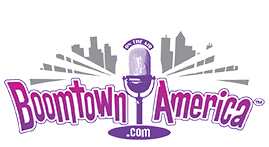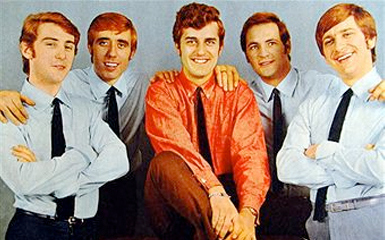
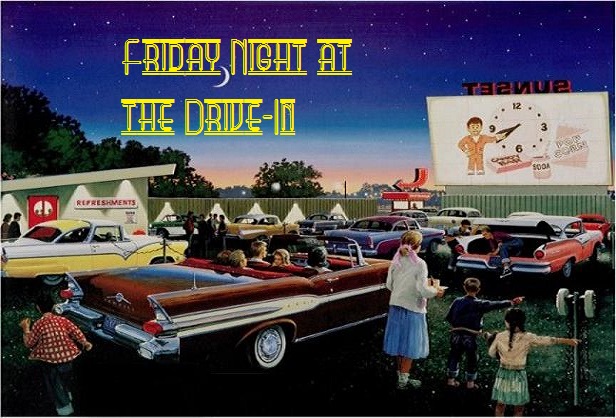 Now, more than half a century later, there has never been a rock & roll film that has surpassed “A Hard Day’s Night.” Not only is it a great rock movie and a superb time capsule showing how insane Beatlemania was at its height, but it is simply a great movie (having made many “100 Greatest Films” lists) that influenced many subsequent filmmakers and is credited with single-handedly inventing the music video.
Now, more than half a century later, there has never been a rock & roll film that has surpassed “A Hard Day’s Night.” Not only is it a great rock movie and a superb time capsule showing how insane Beatlemania was at its height, but it is simply a great movie (having made many “100 Greatest Films” lists) that influenced many subsequent filmmakers and is credited with single-handedly inventing the music video.
The next time you watch this classic, here are some things you can watch for that you might have missed before.
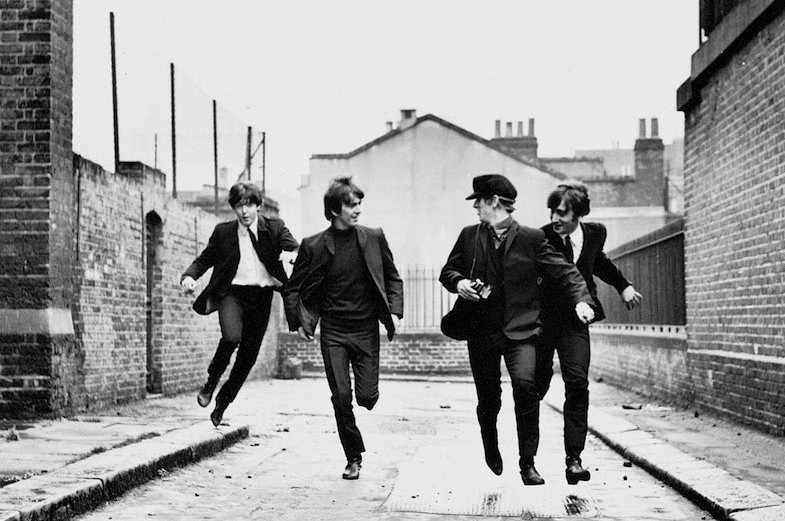
- The film’s shooting title was “Beatlemania.” Who made the actual decision to change it to “A Hard Day’s Night” is in dispute, but all agree the phrase was originally created by Ringo after a grueling work session.
- United Artists was sure that the Beatlemania was just a passing fad. They authorized a very small budget ($500,000) and memos at the time show that the studio thought the film would lose money. They were really only interested in the soundtrack album (where they believed they would make up the money they lost on the film). That’s the main reason the film was shot in black and white.
- Those opening scenes, where the boys are being chased by rabid fans to and through Marylebone Rail Station in London? The boys really are running for their lives. The film company used genuine Beatle fans who actually were trying to get their hands on the Fab Four.
- Look closely and you’ll see that George falls during that chase and Ringo goes tumbling after him. There was no way to cut due to those screaming fans. So the lads have to pick themselves up and continue their mad dash.
- While the script seems at times to be ad-libbed, it was all scripted. Screenwriter Allun Owen spent several weeks with the Beatles and all concerned say he came away with an incredible knack for being able to mimic their cheeky style.
- One of the young schoolgirls on the train was Patti Boyd, who went on to become George Harrison’s first wife and later, Eric Clapton’s wife. She was also to inspire the songs “Something (In the Way She Moves)” and “Layla.”
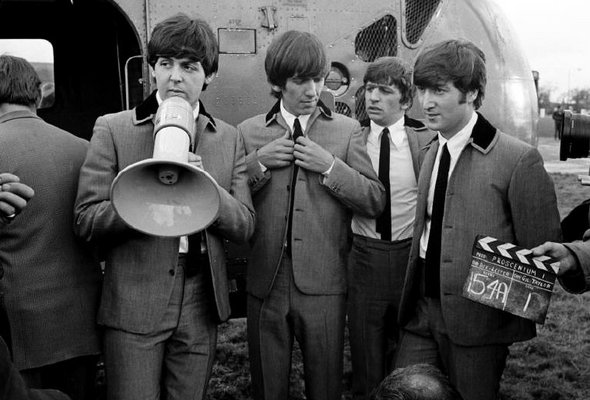 In the famous “Can’t Buy Me Love” scene (credited with being the very first rock video), John was not available for the filming and so a double was used for the aerial shots.
In the famous “Can’t Buy Me Love” scene (credited with being the very first rock video), John was not available for the filming and so a double was used for the aerial shots.- There is an “in” joke in the constant references to Paul’s grandfather as a “clean old man.” At that time, the actor playing John McCartney (Wilfred Bramell) played a junk man on British TV’s Steptoe and Son (the later American version was named Sanford and Son). As Steptoe, Bramell was constantly called a “dirty old man.” So the “clean old man” gags were funny to British audiences, but went right over the heads of American audiences.
- During the rapid fire press conference/cocktail party, asked what he calls his hairstyle, George replies, “Arthur.” That name was picked up and used as the name of an early trendy New York discotheque (pre-Studio 54).
- Don’t know if you’ll recognize him, but a very young Phil Collins is in the audience of kids at the televised concert that comes near the end of the film.
- Studio execs at United Artists in the States thought the Beatles’ accents would be incomprehensible to American audiences and asked that their real voices be replaced by voice actors with more “proper” British accents. Director Richard Lester declined their request.
- Where’s Paul’s solo scene? The other three Beatles all get short solo scenes: George with a TV producer, John with a dancer, and of course, Ringo going “adventuring.” But why no solo scene for Paul?
- Actually, there was. It was an encounter between Paul and an actress that happens while Paul is out looking for Ringo. The scene was shot but cut from the film because director Richard Lester felt it simply didn’t work. It came off as too stagey. Alas, the footage for this unused scene was destroyed by the studio in the days long before home video and bonus features were ever dreamed of. However, the scene did make it into the paperback novelization of the film and the actual script for it can be found here.
- The group’s name, “the Beatles,” is never said, even once, during the film. (It does appear on Ringo’s drum kit, the stage lighting during the concert and a helicopter at the end, but no one ever mentions their name out loud.)
Do yourself a favor and rent, buy or stream a copy of this classic soon.
![]() Do you ever receive an email claiming to be from FedEx, UPS, DHL, Amazon or some other business involved in shipping that’s notifying you that a shipment is coming your way – when you know you never ordered anything?
Do you ever receive an email claiming to be from FedEx, UPS, DHL, Amazon or some other business involved in shipping that’s notifying you that a shipment is coming your way – when you know you never ordered anything?
Beware. Courier cons are on the rise. Bogus shipping confirmations contain links that once clicked deliver malware to your computer!
Experts always recommend that you never click on links in these types of emails. Instead, go to the bona fide website of the business that claims to be contacting you and check it out from there.
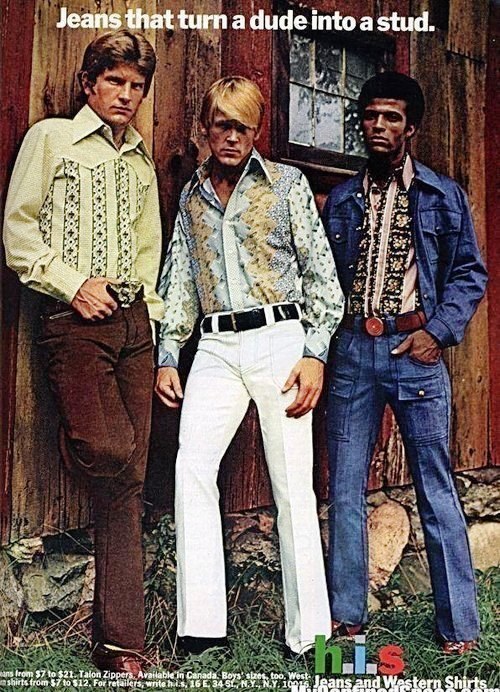
Okay, so we don't have a stampede here... dudes line up on the left and studs on the right!
 Believe it or not, multi-vitamins and other mineral supplements are the one of the leading causes for ER visits among people our age!
Believe it or not, multi-vitamins and other mineral supplements are the one of the leading causes for ER visits among people our age!
But for a very different reasons than what they contain.
Nearly 40% of those visits to emergency rooms and walk-in clinics among our age group are caused by choking or swallowing problems involving vitamins and nutritional supplements!
The experts recommend taking only one pill at a time and always with plenty of liquid to help wash then down.
A Hidden Treasure From Rock & Soul’s Golden Era
A series of posts about albums you may have missed back in the day when so much good music was coming out on nearly a daily basis. But now that the real “good stuff” is few and far between, you might want to backtrack and add these gems to your music collection.
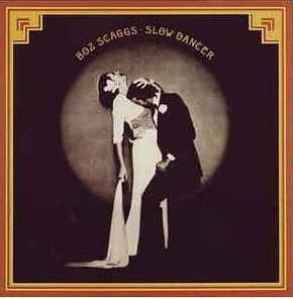 It happens so often in rock music. Artists struggle for years with albums the critics love but record buyers ignore. Then they finally break through to a wider audience and go on to long, successful careers. Yet, those earlier albums remain, for the most part, ignored.
It happens so often in rock music. Artists struggle for years with albums the critics love but record buyers ignore. Then they finally break through to a wider audience and go on to long, successful careers. Yet, those earlier albums remain, for the most part, ignored.
Such is the case with Boz Scagg’s “Slow Dancer” in 1974. It was his 6th album and his 6th commercial failure. Yet, many die hard Boz fans will tell you “Slow Dancer” is his best album. We don’t think they’re wrong.
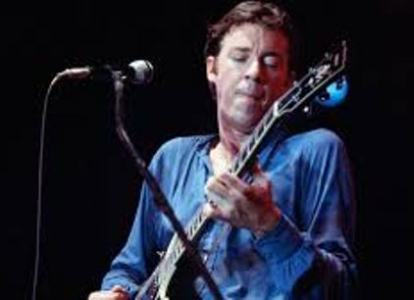
William Royce Scaggs was given the nickname “Bosley” while still in grade school. It was quickly shortened to “Boz” and obviously stuck. Boz was an original member of the Steve Miller Band (having been friends with Miller since the age of 12).
Whether you call it “white” or “blue-eyed” soul, Boz as a solo artist has always been one of the best of the white boys to sing rhythm and blues.
For “Slow Dancer,” Scaggs teamed with veteran Motown songwriter and producer Johnny Bristol. Bristol had produced “Ain’t No Mountain High Enough” for Marvin Gaye & Tammi Terrell, “Twenty Five Miles” for Edwin Starr, “What Does It Take (To Win Your Love)” for Junior Walker and “Someday Will Be Together” for Diana Ross and the Supremes (that’s Bristol himself singing the male vocal to Ross’ lead).
(In fact, 1974 was a very good year for Bristol. He also scored his one and only hit as a singer with “Hang on in There Baby,” which hit the Top 10 in both the US and the UK.)
 Together or separately, Bristol and Scaggs composed 9 of “Slow Dancer’s” 10 tracks. They include:
Together or separately, Bristol and Scaggs composed 9 of “Slow Dancer’s” 10 tracks. They include:
“You Make It So Hard (To Say No)”
“Slow Dancer”
“Angel Lady (Came Just in Time)”
“There Is Someone Else”
“Pain of Love”
“Sail on White Moon”
“Let It Happen”
“I Got Your Number”
“Take It for Granted”
The one song on the LP that neither man had a hand in writing was “Hercules” (no relation to the Elton John tune) penned by veteran songsmith Allen Toussaint.
The entire album features lush orchestrations with full string and horn sections. At some points, it almost sounds Boz is making his bid to become our generation’s Sinatra. Regardless, there is not one wasted track on the entire album. Each one is a polished gem of soul and sensuous sophistication.
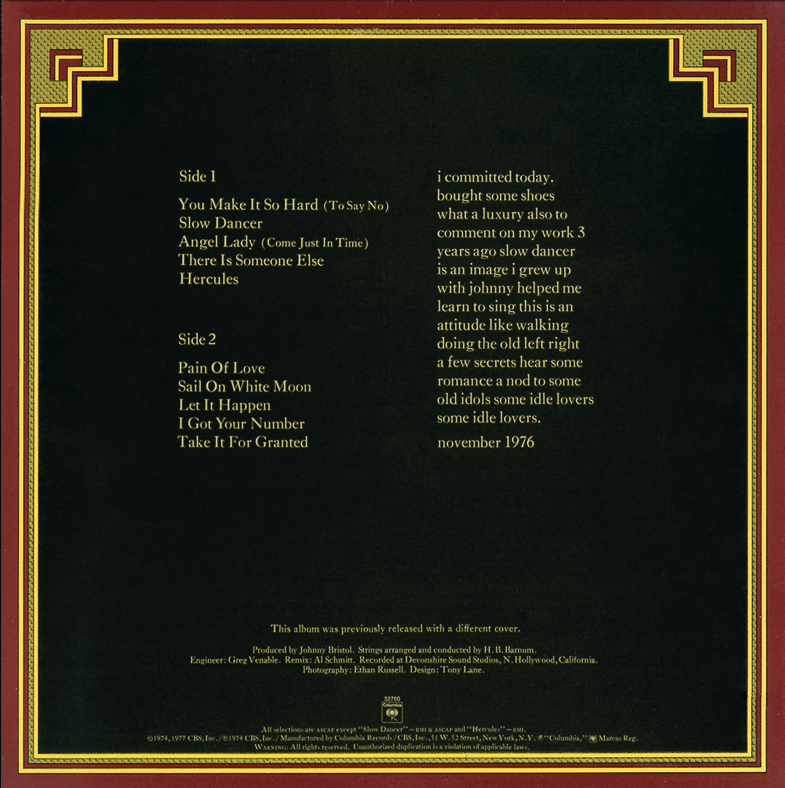 “Slow Dancer” was Boz Scaggs’ best-selling album to that point, but that’s not saying much. It peaked at #81 on Billboard’s Hot 100 Albums and then sank like a stone.
“Slow Dancer” was Boz Scaggs’ best-selling album to that point, but that’s not saying much. It peaked at #81 on Billboard’s Hot 100 Albums and then sank like a stone.
That Boz was slightly ahead of his time should be obvious. His next album, released 1976, was “Silk Degrees.” That record hit the top of the charts worldwide, spun off multiple hit singles and went 5X Platinum.
Over time, many have finally discovered to sonic smoothness of “Slow Dancer.” The album has been certified Gold. But still, too few people really know this rare pop gem.
Do yourself a favor. Track down a copy. Then settle back in your favorite easy chair with your favorite adult beverage close at hand, close your eyes and let Boz show you just how good a white boy can sing those rhythm and blues.
